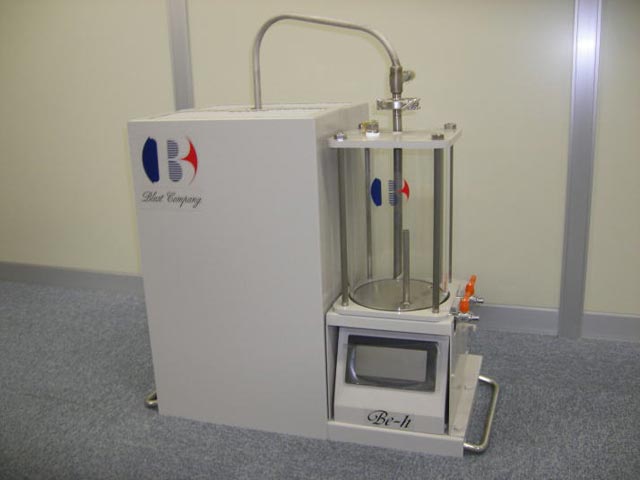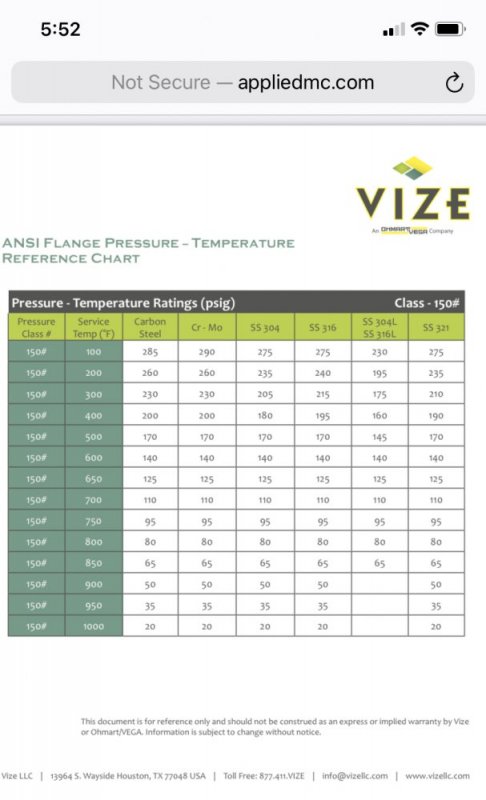MrMarty51
Well-Known Member
See what kind of information can be garnered on such a topic.
Follow along with the video below to see how to install our site as a web app on your home screen.
Note: This feature may not be available in some browsers.

 www.designworldonline.com
www.designworldonline.com
